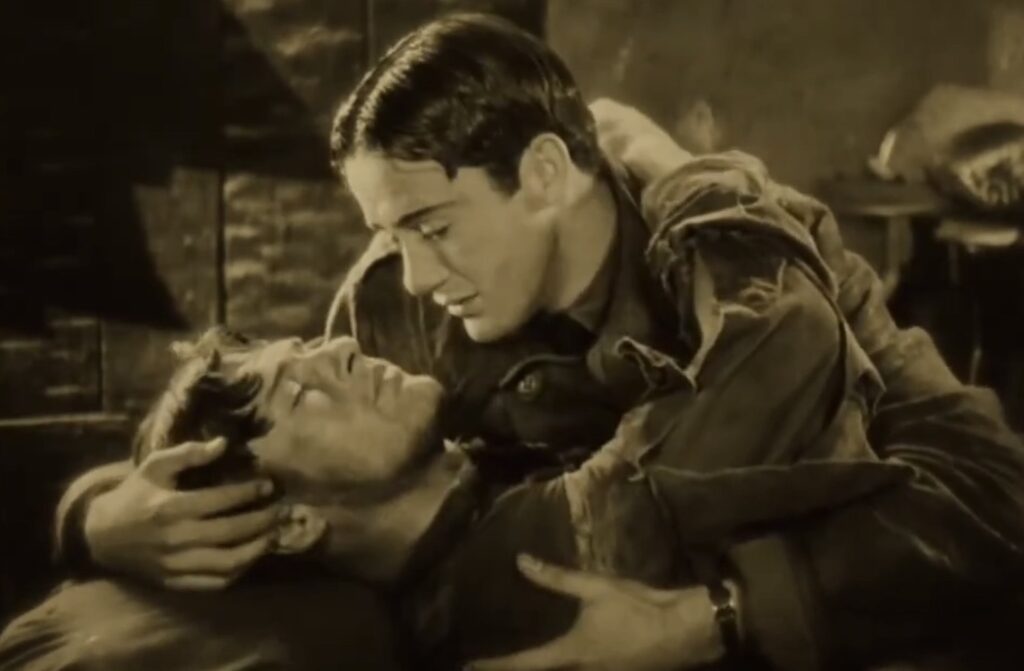When Wings debuted in 1927, it was groundbreaking for several reasons. Directed by William A. Wellman, it became the first film to win the Academy Award for Best Picture at the inaugural Oscars in 1929. A visually spectacular World War I epic, Wings featured intense battle scenes and a poignant portrayal of camaraderie and loss. However, what truly set it apart was a scene many now recognize as the first gay kiss in cinema history.
This kiss occurs near the end of the film between two male characters, Jack Powell (Charles “Buddy” Rogers) and David Armstrong (Richard Arlen). In a deeply emotional moment, Jack cradles the dying David and kisses him on the lips. While not romantic, the kiss expressed raw vulnerability, grief, and a deep sense of love and brotherhood, pushing boundaries in its portrayal of same-sex intimacy on screen.
Interestingly, the kiss did not provoke significant controversy at the time. Audiences saw it as an expression of male friendship rather than a romantic gesture. The cultural context of the 1920s, with its loosening social norms, allowed such moments to be understood without excessive scrutiny, especially since the film’s technical achievements and war scenes were the focus. Hollywood, before the Production Code of the 1930s, was still pushing boundaries in storytelling.
Although Wings didn’t spark immediate change in LGBTQ+ representation, the kiss subtly paved the way for films to explore male relationships more deeply. The emotional connection between Jack and David blurred the lines between camaraderie and affection, offering a rare early depiction of male tenderness on screen. This moment holds significance as one of the earliest on-screen same-sex kisses, challenging traditional representations of masculinity.
Despite the restrictions imposed by the later Hays Code (1934-1968), the kiss in Wings remains a symbol of early LGBTQ+ visibility in cinema. It serves as a reminder that, even under societal pressures, filmmakers have long found ways to explore human connections that transcend rigid norms.

